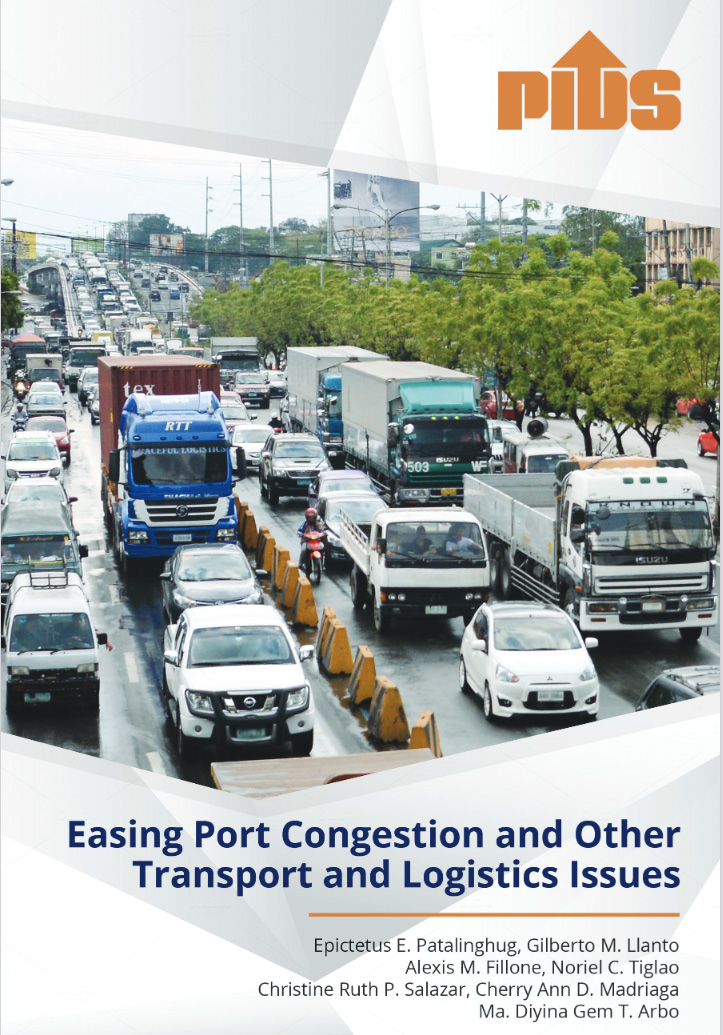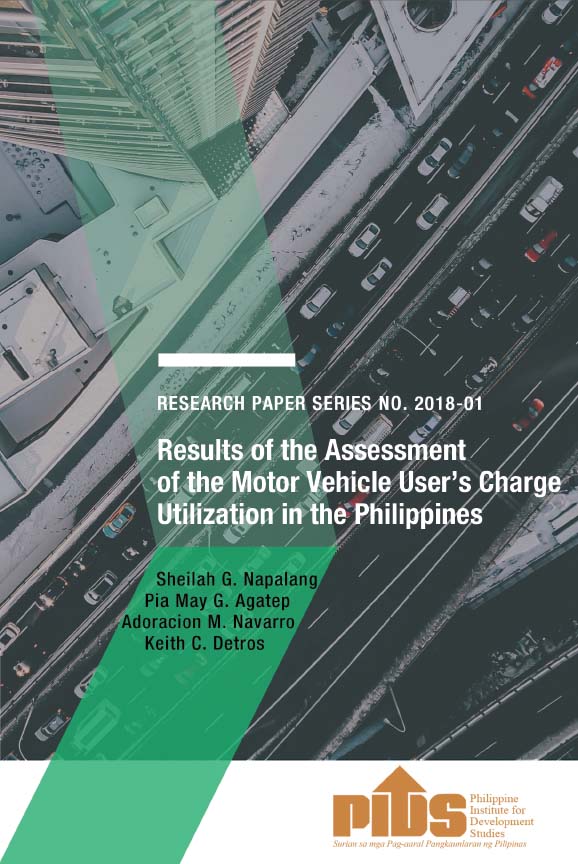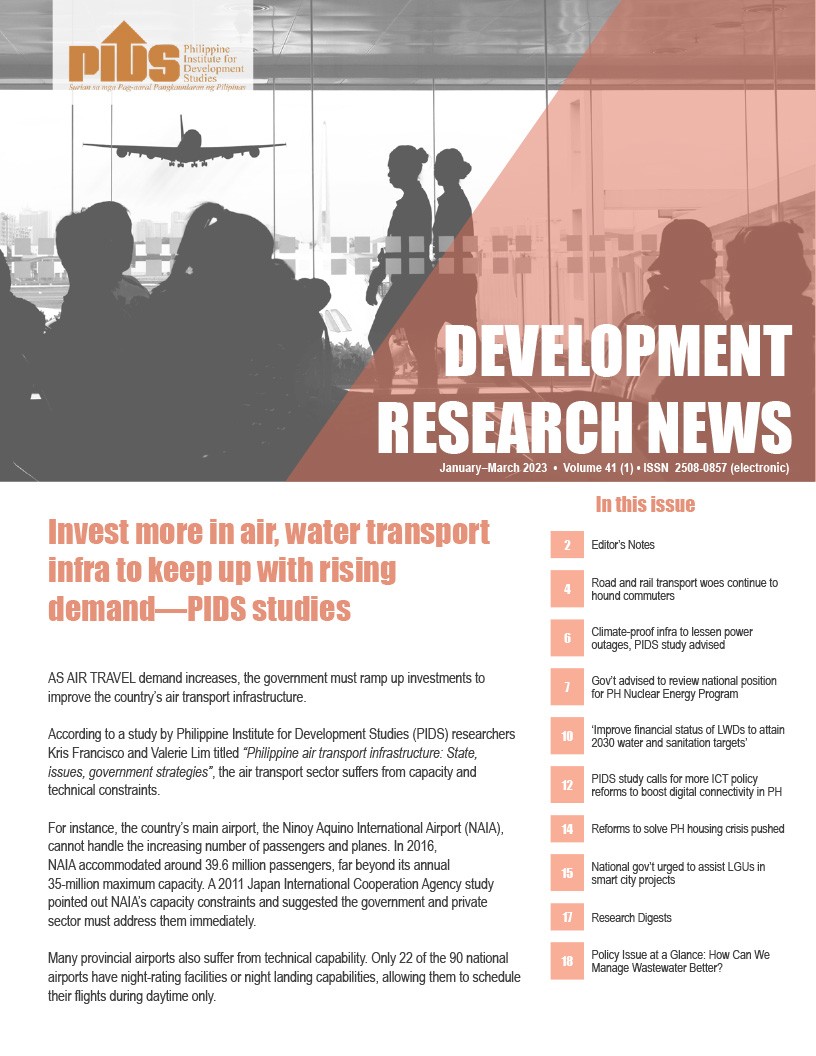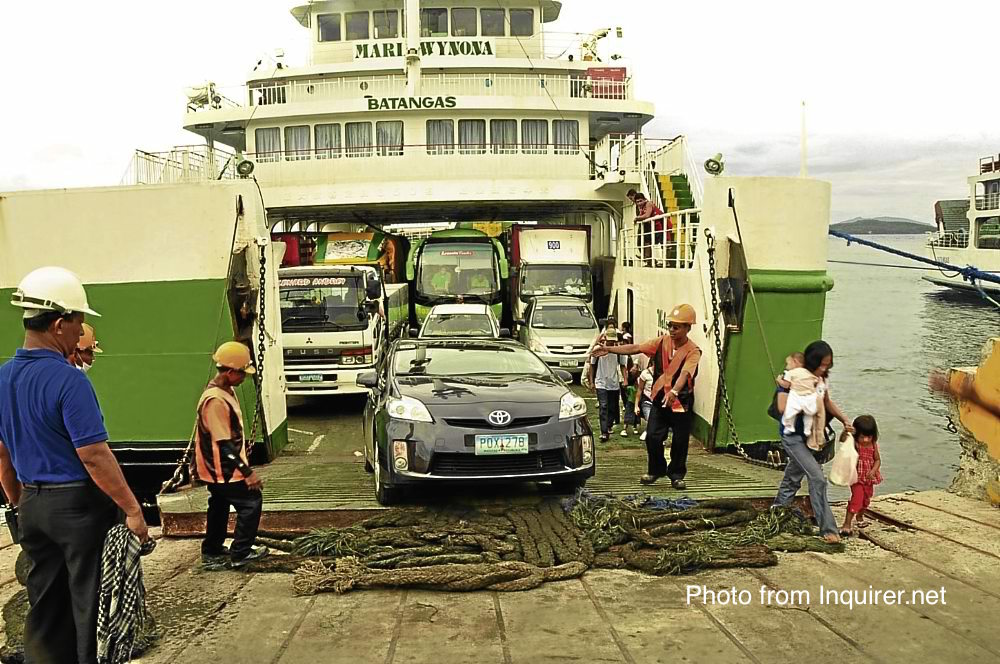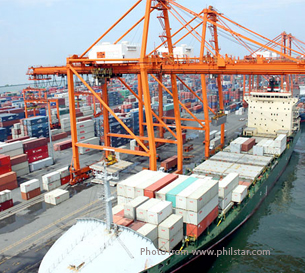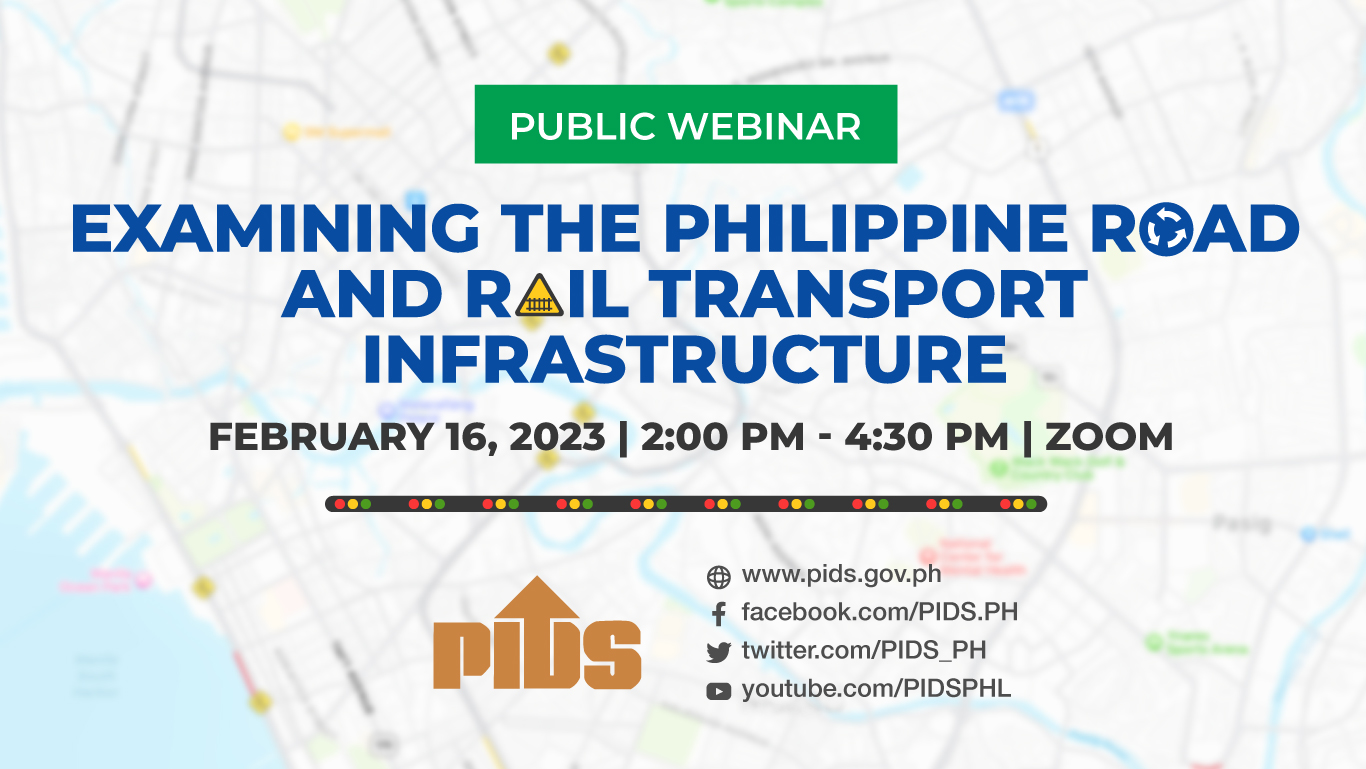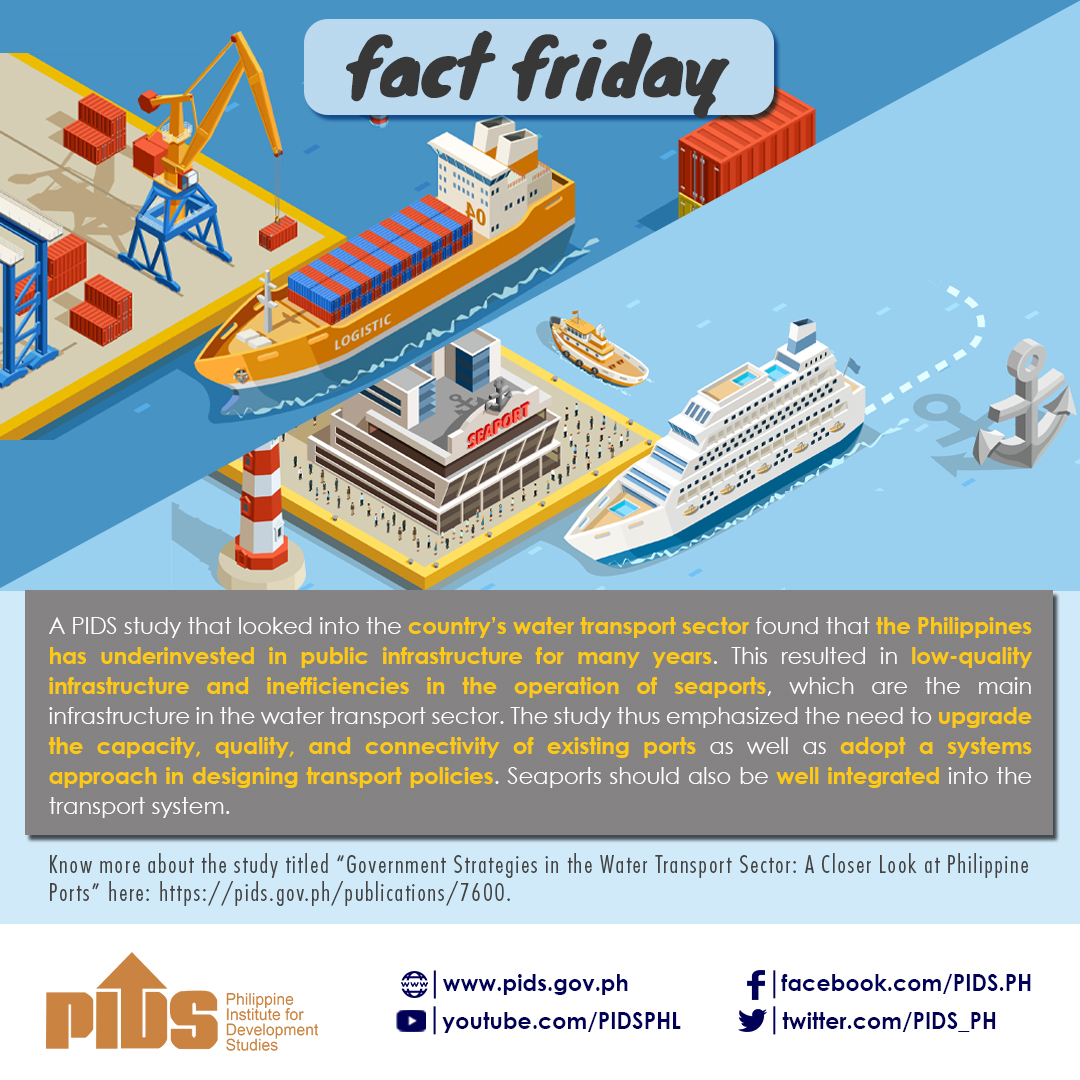
Dr. Epictetus Patalinghug, professor emeritus at the University of the Philippines and consultant at state think tank Philippine Institute for Development Studies (PIDS), presented the findings of a PIDS study that explored the issues surrounding the congestion in the Port of Manila and the underutilization of the Batangas and Subic Ports. The presentation was held on December 2, 2015, at a forum at the House of Representatives in Quezon City.
Patalinghug explained some of the reasons why shippers, freight forwarders, logistics services providers, and truckers prefer the Manila Port over Batangas and Subic Ports. At the same time, he presented short-, medium-, and long-term measures to address the congestion and underutilization issues.
According to the PIDS study, the Port of Manila is preferred because of the availability of shipping lines, its proximity to consignees, importers, and warehouses, and the ease of transaction and release of goods due to the presence of specialized Bureau of Customs staff. The Port of Manila also has a more reliable and frequent shipping schedule compared to Batangas and Subic Ports. However, the continued dominance of the Port of Manila, which currently has an annual cargo handling capacity of 3.7 million containers, has contributed to the congestion not only of roads within the port area but also along major roads in Metro Manila.
As a short-term measure to reduce congestion in the Port of Manila and encourage use of the Batangas and Subic Ports, the PIDS study recommends to government to issue a policy statement that puts a cap on the capacity of Manila’s ports. Moreover, government should allow cargoes bound for or coming from the south of Manila to call on the Batangas Port while those bound for or coming from the north of Manila should be allowed to call on the Subic Port. The revival of the rail freight by the Philippine National Railway must also be explored. The paper also recommends the rollout of a 24-hour web-based integrated truck dispatching, appointment, and booking system to improve the logistics chain.
However, a long-term solution to the port congestion problem, according to Patalinghug, is to have a national multimodal transport and logistics development plan with special emphasis on connecting the Subic-Clark-Manila-Batangas corridor to the rest of the country. Also, construction of a new and large deep-sea port must be pursued along with an investment plan for new rail, maritime, port, airport, and road infrastructure to link the Philippine ports to the global supply chains. ###
The Powerpoint presentation of Dr. Patalinghug may be downloaded here.
You may also download the full report, and related PIDS Policy Notes.
Patalinghug explained some of the reasons why shippers, freight forwarders, logistics services providers, and truckers prefer the Manila Port over Batangas and Subic Ports. At the same time, he presented short-, medium-, and long-term measures to address the congestion and underutilization issues.
According to the PIDS study, the Port of Manila is preferred because of the availability of shipping lines, its proximity to consignees, importers, and warehouses, and the ease of transaction and release of goods due to the presence of specialized Bureau of Customs staff. The Port of Manila also has a more reliable and frequent shipping schedule compared to Batangas and Subic Ports. However, the continued dominance of the Port of Manila, which currently has an annual cargo handling capacity of 3.7 million containers, has contributed to the congestion not only of roads within the port area but also along major roads in Metro Manila.
As a short-term measure to reduce congestion in the Port of Manila and encourage use of the Batangas and Subic Ports, the PIDS study recommends to government to issue a policy statement that puts a cap on the capacity of Manila’s ports. Moreover, government should allow cargoes bound for or coming from the south of Manila to call on the Batangas Port while those bound for or coming from the north of Manila should be allowed to call on the Subic Port. The revival of the rail freight by the Philippine National Railway must also be explored. The paper also recommends the rollout of a 24-hour web-based integrated truck dispatching, appointment, and booking system to improve the logistics chain.
However, a long-term solution to the port congestion problem, according to Patalinghug, is to have a national multimodal transport and logistics development plan with special emphasis on connecting the Subic-Clark-Manila-Batangas corridor to the rest of the country. Also, construction of a new and large deep-sea port must be pursued along with an investment plan for new rail, maritime, port, airport, and road infrastructure to link the Philippine ports to the global supply chains. ###
The Powerpoint presentation of Dr. Patalinghug may be downloaded here.
You may also download the full report, and related PIDS Policy Notes.

